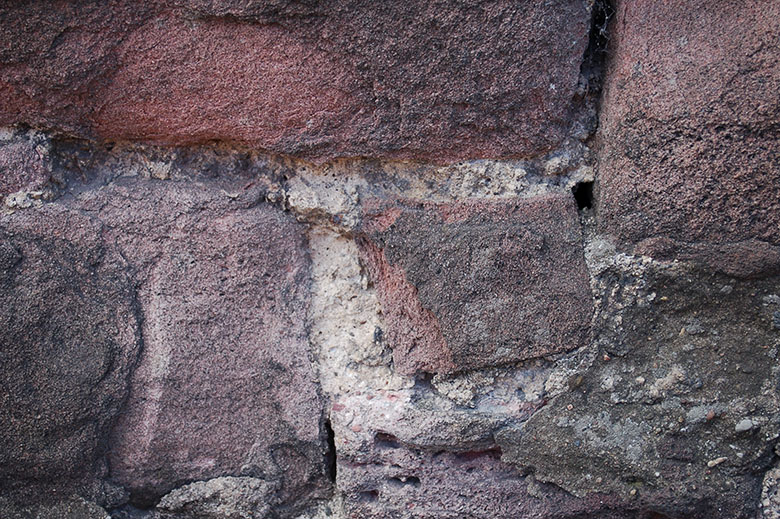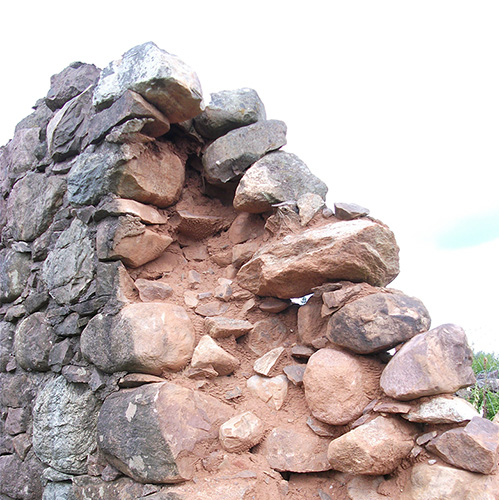Traditional Mortars: Going Full Circle
Conservation, Maintenance, Materials | Written by: Declan Cahill | Friday 24 August 2018
Historically, our ancestors constructed buildings using local materials. The mortar used when building them was no different. Our Technical Officer, Declan, delves into the history of this fascinating material and explains why traditional lime mortar is still so important today…
Making mortars
Clay was widely used for constructing buildings. Limestone would be quarried and burnt to produce lime, which would then be used to make mortar. Sand was sourced locally. In coastal regions, shells could be burned to make lime or crushed to use as aggregate.
As a result, mortars varied depending on where they were created. This local connection has largely been lost, but analysing the local geology can help us understand the materials and skills used in local building traditions.
Traditional mortars
Although you can see evidence of traditional mortars on old walls, sometimes hidden under modern cement pointing, it has largely been ignored. Modern lime products and cement mortars are replacing the use of traditional mortars.
However, our recent research with the Scottish Lime Centre Trust found that the majority of pre-1919 mortars were quicklime based, or ‘hot-mixed’. This means that mortars in Scotland would have been traditionally made up of a binder of quicklime, aggregate (like sand) and other additives.
This method produces a workable, sticky mix with some distinctive qualities. The move away from traditional materials is concerning given the damage modern mortars can cause not just to the historic buildings but also in terms of loss of skills and understanding.

Traditional lime mortar
Modern mortars
People have been using the basic mortar recipe of lime and sand for centuries. However, the introduction and widespread use of Portland Cement (OPC) has created a huge skills and knowledge gap in traditional mortars. Unfortunately, this has influenced repairs to traditional buildings for the last 100 years.
Now, highly processed lime and cement mortars are commonplace. Over time, we’ve been losing our general knowledge of how mortars were traditionally mixed.
The aim of modern mortars was to simplify the process, but in some cases they have actually made it more complicated. This has de-skilled mortar mixing and mystified the use of lime.

Clay mortar at Aultbea near Mellon Udrigle
Risks to our built heritage
Thankfully, there is a growing awareness of the risks posed to masonry by using an unsuitable mortar. Our research has highlighted that some modern lime mortars may not be suitable for use in traditional masonry construction.
Historic England have carried out similar research looking into the compressive strengths of Natural Hydraulic Limes (a mortar that has a chemical set and can survive in damp, marine conditions).
Traditional mortars can still be fit for purpose, even in a changing climate. Using traditional and locally sourced materials wherever possible as the basis of a mortar can help ensure a historically accurate, aesthetically pleasing and appropriate mortar.
Traditional mortars are just as relevant today as they were historically, especially as conservation professionals seek to reverse the use of inappropriate materials, prevent damage and conserve historic buildings.
- Share this:
- Share this page on Facebook
- Share on X
About the author:
Declan Cahill
Declan worked with the Technical Research team of Historic Environment Scotland as a Technical Officer. Declan has since moved onto pastures new.
View all posts by Declan Cahill



